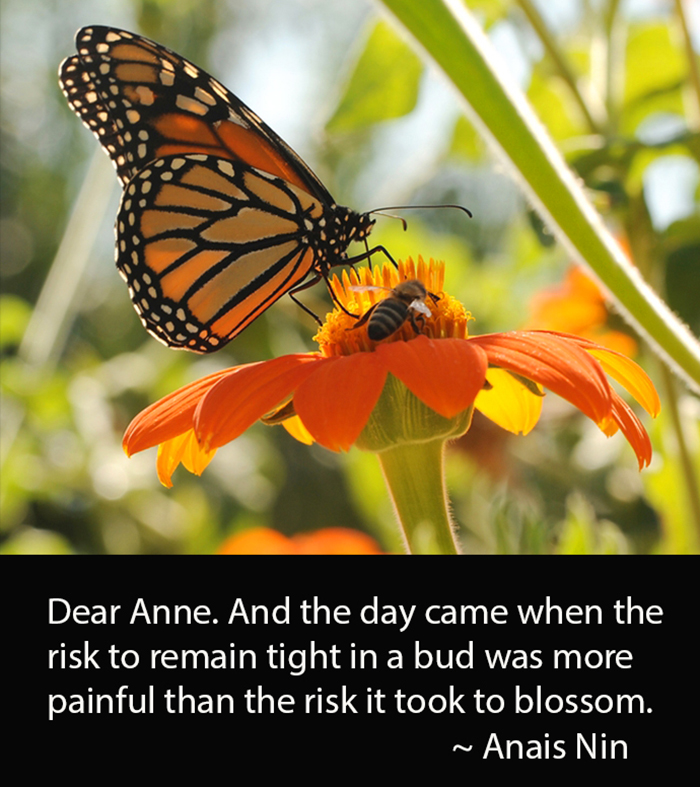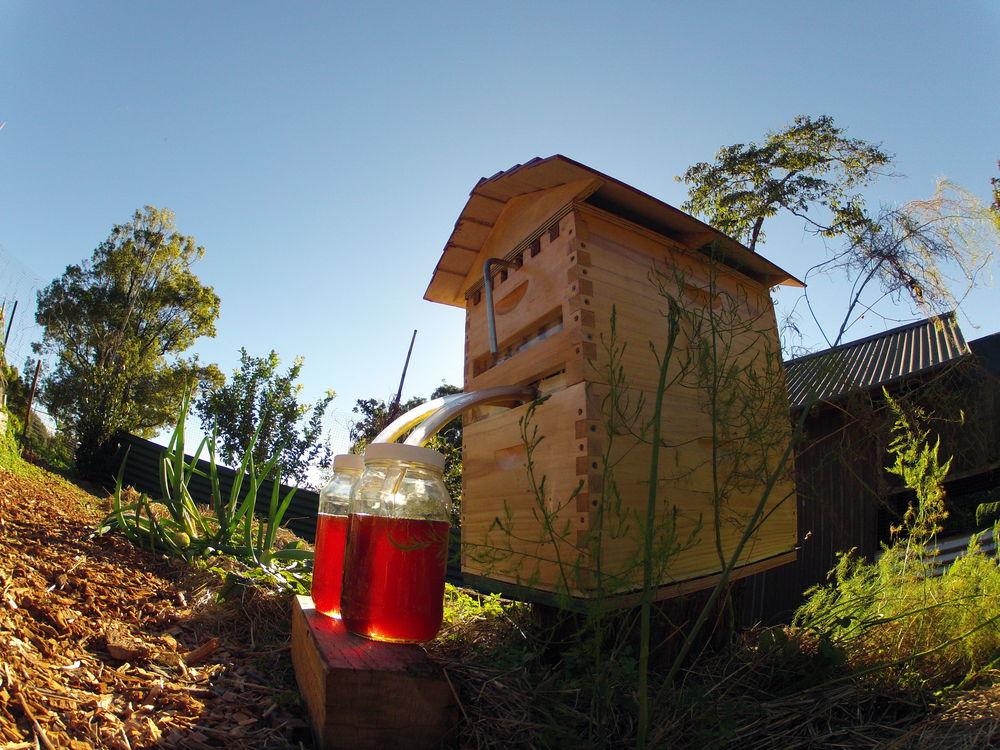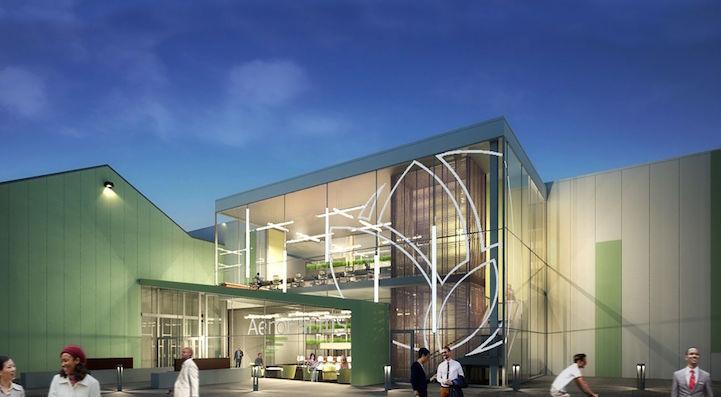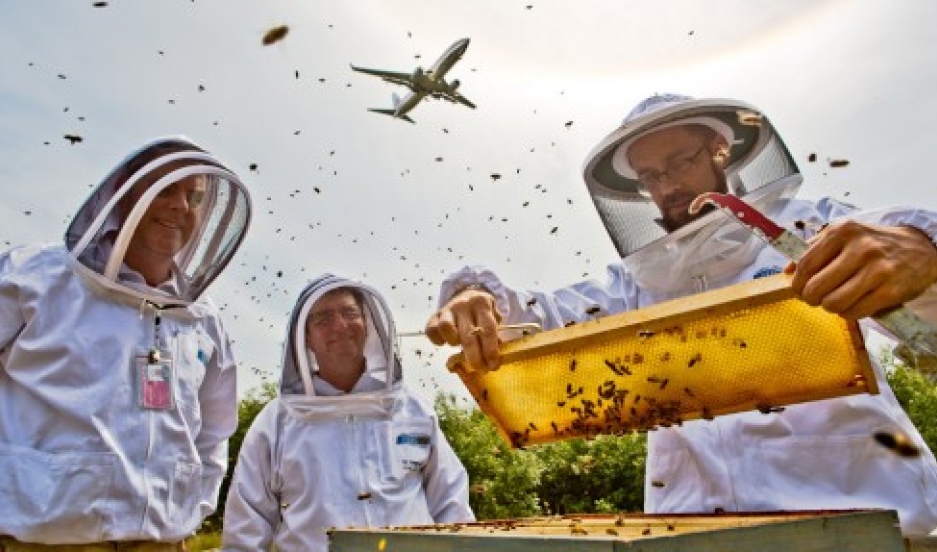Eye | Blake Little Honey People | Vertical Farming In Newark, NJ | Honey Harvest Revolution
/ Blake Little’s Super Sweet Art Photos
Blake Little’s Super Sweet Art Photos
 Blake Little’s Honey-Covered ‘Preservation’ People AOC Body Beat
Blake Little’s Honey-Covered ‘Preservation’ People AOC Body Beat
American artist Blake Little’s show ‘Preservation’ is at LA’s Kopeikin Gallery until April 18, 2015. Moving away from photographing the ‘beautiful people’, Little is focused on skin and the human body in a vast array of subjects covered with buckets of honey. This diverse crowd of human shapes and skin colors evokes both sensuality and drama, as if frozen in time by the sweet goo.
IndieGoGo: Flow Hive Honey On Tap Directly From Your Beehive
Aussie father and son team — Stuart and Cedar Anderson — are revolutionizing honey harvesting with their new invention described as a ‘beekeepers dream’. The revolutionary new hive allows beekeepers to harvest honey without opening the hive, making it much easier for people and very much better for the bees, who are no longer disturbed during the harvest. The IndieGoGo film is very educational.
Although the campaign won’t close until April 5, it is already the most successful crowdfunding campaign launched outside the US on any platform. Today the campaign has raised $6,135,833 against a goal of $70,000.
Note that not everyone thinks the new invention in a good idea for bees. For an alternative point of view, read Going Against The Flow: Is The Flow Hive a Good Idea? at Milkwood.

Beeutiful Airport Eco News
Beekeepers Bob Redmond, John Woodworth and David Feinberg examine a hive at the Sea-Tac Airport in Washington state.
Bob Redmond, a beekeeper and executive director of the nonprofit The Common Acre, helped bring the idea to Seattle’s Sea-Tac airport after reading about a similar project at Chicago’s O’Hare. Sea-Tac helped get things going with a small grant and a 50-acre space. Redmond and his team now oversee 25 hives.
Redmond explains that the airport honey tastes ‘wild’ and ‘kind of woody and grassy’ compared to backyard honey that is typically ‘sweeter and more fruity’. The Common Acre beekeepers run an art exhibit in the airport terminal and sell honey in a shop. With all the focus on honeybees, Redmond reminds us that there are 4000 different species of bees.
For Redmond, the project isn’t just about bees, but is representative of how cities can best use their empty spaces to support urban agriculture as a whole.
We’re looking at increasing urban development and decreasing land availability, so we have to say, what is available? And are we really going to plant it all with grass?” he said. “Or are we going to plant something that can make a difference? via
Aerofarms Vertical Farm Comes To Newark, NJ

A superb new business is coming to Newark, NJ’s ‘Makers Village’ redevelopment project. Located in Newark’s ‘Ironbound’ neighborhood in a converted steel factory, AeroFarms will open the world’s largest vertical farm with plans to produce two million pounds of pesticide-free baby leafy greens and herbs each year. The project will also create 78 jobs. Inhabitat explains:
AeroFarms’ innovative aeroponics technology that grows soil-free plants by spraying a mist of high-nutrient solution onto the crops. Instead of soil, the plants take root in a permeable micro fleece cloth stretched across modular and stackable planters. The sustainable process uses recycled water, zero pesticides and fertilizers, and takes up less space and resources than traditional farming. Monitoring equipment will regulate the amount of carbon dioxide the plants receive, as well as the color wavelength and intensity of the overhead LEDs.
Young Studmuffin Orchid Bees Not Good At Mating

A male orchid bee’s perfume is comprised of 20 to 40 characteristic components on average, and they are acquired over a lifetime. This fact makes older male bees better competitors in the mating game. Even if the attractive scent is available in abundance, explains researcher Tamara Pokomy who studies orchid bees in Costa Rica, the bees stop picking it up with the ‘knowledge’ that they don’t need it. via Science Daily
Honeybees: Keep on Survivin’ Modern Farmer
Honeybees have an unusual breeding strategy that makes breeding on most farms an inexact science: A virgin queen may fly several miles in search of drones, which congregate in groups of up to 2,500. She mates only once, storing the sperm of 10-20 males to build her colony throughout her lifetime. Breeders like Kirby and Spitzig, as well as bee clubs from California to Colorado to northern Michigan, Virginia and Pennsylvania, reduce the element of genetic surprise by saturating a region with healthy survivor hives.
However, this approach is not without its own issues. Just as diversity is important to a healthy ecosystem, it is necessary for a strong, fit hive. That’s why Susan Cobey, a bee geneticist at Washington State University, worries that restricting bee breeding regionally in this way limits genetic variation. “Bees are incredibly susceptible to inbreeding,” she says. “If your population gets too small, which is really what selection does — you’re thinning out for what you want — then you get in big trouble.
AOC has long covered the plight of our bees. Read on:




